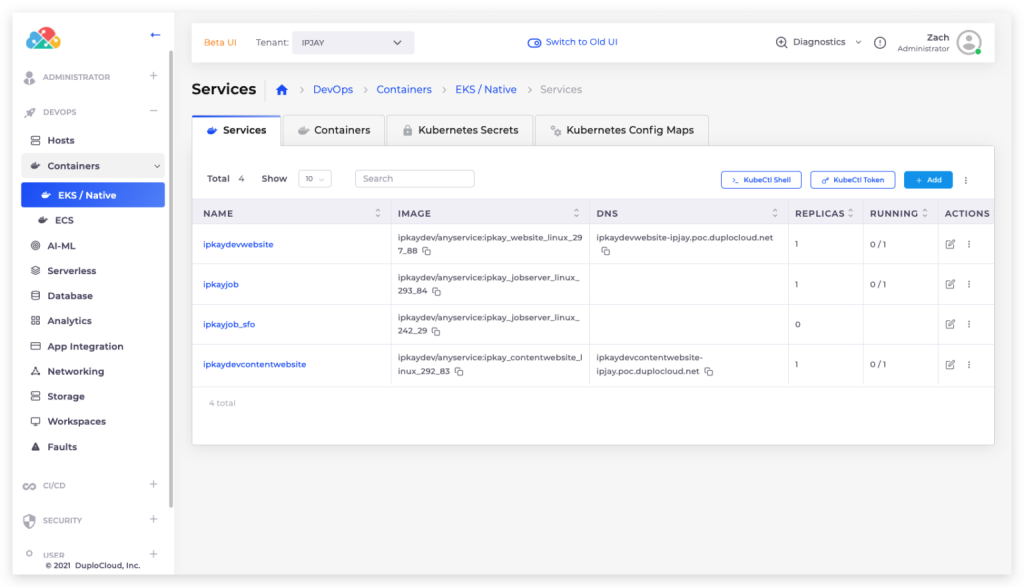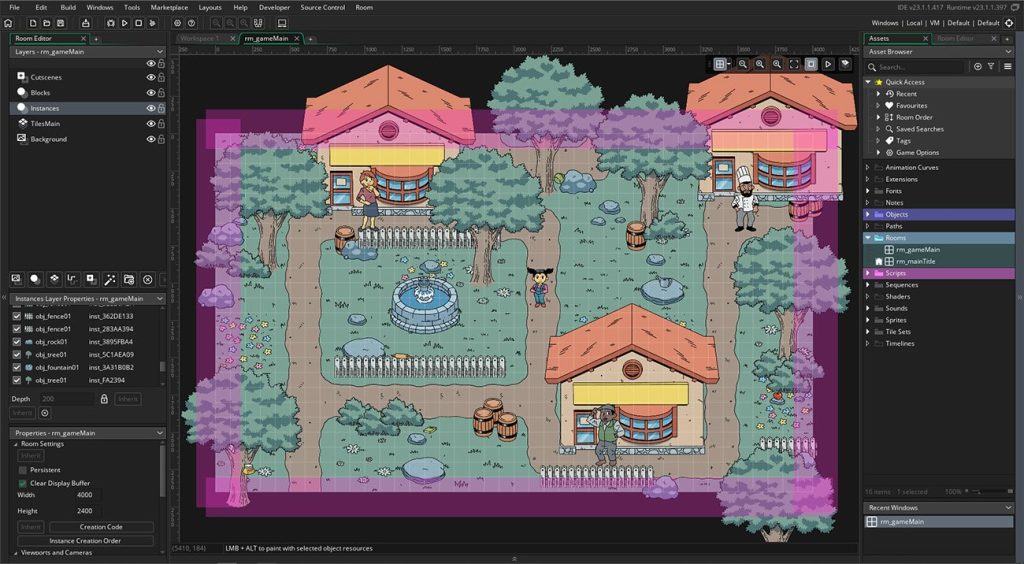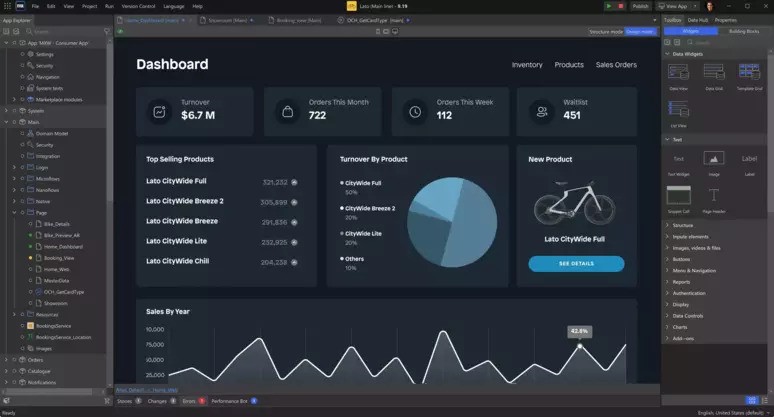Shortening development pipelines saves money, but tighter deadlines can also lead to cutting corners to achieve goals on time. Thankfully, low-code platforms have made it easier for companies to shorten their time to market without sacrificing quality. But what is what is low code development, exactly, and what are its major benefits?
Jump to a section…
The Rise of Low-Code Development
Development Across Software Categories
Low-Code Traditional Development
Low-Code Video Game Development
Low-Code Cloud Infrastructure Development
What are Some Examples of Low-Code Platforms?
Low-Code Infrastructure Automation from DuploCloud
Ready to take your understanding of low-code & no-code further? Check out Low-Code/No-Code Software Development: A Comprehensive Guide.
What is a Low-Code Platform?
Low-code platforms allow users to create applications with lean code that is either prefabricated or auto-generated, and they commonly feature a simple graphical interface that intelligently interprets lean code to fill in required details. Think of it like building a house with prefab components rather than from scratch. Using prefabs, your finished home — or code — can be of similar or better quality as most builders would get by starting from zero, all at a fraction of the time and cost.
According to Gartner, an Enterprise Low-Code Application Platform supports the following:
- UI capabilities through responsive web and mobile applications
- Orchestration or choreography of pages, business processes, and decisions or business rules
- A built-in database
- "One button" deployment of applications
As cloud-based software applications gain popularity, the from-scratch development process is becoming more complicated. This increases the risk of security breaches stemming from human error, among other problems. Low-code development solutions help to reduce the likelihood of those issues reaching the final product, and can automatically ensure compliance with standards such as GDPR, PCI-DSS, HIPAA, and more.
The Rise of Low-Code Development
The term “low-code” originated in a Forrester report on emerging productivity platforms, with the organization officially adopting the term in 2014. By 2018, the no-code/low-code market hit a valuation of $6 billion, with major tech industry figures including Microsoft CEO Satya Nadella singing its praises. Since then, low-code software development has exploded in popularity, and its use is expected to triple by 2025. Competing tech conglomerates, startups, and companies of all sizes are fueling growth in the low-code industry, creating a new service category focused on innovation and ease of use.
Low-code development also eases the strain caused by the shortage of skilled developers, which is predicted to get worse before it gets better. By automating development, companies can keep their developers assigned to higher-level tasks. Low-code solutions can reduce the headcount necessary for development teams, resulting in significant savings (for instance, just one DevOps professional’s salary runs $116,000 in the US on average).
No-code/low-code solutions are becoming universal. In our survey of 300 engineering leaders, we found that no-code/low-code cloud automation adoption is expected to hit >90% by 2025. Learn more with your free copy:

Development Across Software Categories
Low-code software can be a boon for developers across platforms and software categories. Let’s take a look at some of the most common examples.
Low-Code Traditional Development
Low code automation is particularly useful for tearing down organizational silos in traditional development settings, bridging the gap between IT and other departments. Low-code keeps companies lean and productive by enabling business teams to create their own applications without relying on other departments.
Low-Code Video Game Development
Unreal Engine is a prominent example of a low-code game engine helping game developers create all manner of experiences without building features from scratch. This allows both veteran and inexperienced developers to make bigger, more advanced games.
Low-Code Cloud Infrastructure Development
One of the most potent benefits of low-code is how accessible it makes deploying applications to the cloud. Development platforms that are purpose-built to construct and deploy cloud-based applications, with native support for services such as AWS, Microsoft Azure, and Google Cloud Platform, can shave months off of development pipelines, all while reducing the required headcount for projects.
What are Some Examples of Low-Code Platforms?
Want to see how low-code could help your business reach its goals? Here are some great platforms to start with.
Jump to a platform…
- DuploCloud - Cloud Development
- GameMaker - Game Development
- Mendix - Application Development
- OutSystems - Application Development
- Power Pages - Website Development

DuploCloud
by DuploCloud, Inc.
Website: duplocloud.com
DuploCloud offers no-code and low-code cloud infrastructure automation with built-in security and compliance.

GameMaker
by YoYo Games Ltd.
Website: gamemaker.io
Built for beginners and professionals alike, GameMaker's intuitive features provide you with the tools you need to make your game your way.

Mendix
by Mendix Technology B.V.
Website: www.mendix.com
The Mendix low code platform is a fast and easy low-code platform used by businesses to develop mobile and web apps at scale.

OutSystems
by OutSystems
Website: www.outsystems.com
The OutSystems platform simplifies application development and delivery. Using low-code infused with AI, OutSystems helps teams develop applications that scale to reach hundreds of millions.

Power Pages
by Microsoft
Website: powerpages.microsoft.com
Power Pages helps users create secure, low-code business websites. It’s currently in preview, but is already demonstrating its utility for creators of all technical levels.
Low-Code Infrastructure Automation from DuploCloud
DuploCloud is built to reduce the time spent managing cloud infrastructure, especially for organizations struggling to find skilled developers in the current market. Furthermore, the DuploCloud platform allows application developers to provision their cloud infrastructure 10 times faster than with traditional Infrastructure as Code (IaC), ensuring consistent compliance with security standards such as SOC 2, PCI-DSS, HIPAA, HITRUST, NIST, and others. If you want to save time, money, and effort all while guaranteeing a smooth transition to the cloud, contact us today.









